10 Amazing Foods From Gastro Obscura’s First Year
From most beautiful to most explosive, here are some highlights from our growing database of the world’s wondrous foods.

It’s been a year since we launched Gastro Obscura, a guide to the world’s most wondrous food and drink. To mark this milestone, we’ve looked back at the 1,000 foods we’ve added to our database, picking out some of the most amazing entries in different categories. We also reviewed data from our readers, who, for the past year, have been marking which foods they have tried or want to try. It revealed some bests of the best.

Most Desired Food: Peanut Butter Fruit
Out of the more than 1,000 entries in our foods database, readers wanted to try peanut butter fruit the most. Although it might look a bit like a grape tomato, this Andean fruit has a smooth, dense pulp with a nutty flavor that has undertones of berry and sweet potato. Native to Peru, Bolivia, Venezuela, Colombia, and Ecuador, it can be eaten raw or blended into milkshakes or pastries. Some chefs even transform it into a jam, making for an all-in-one PB&J spread.
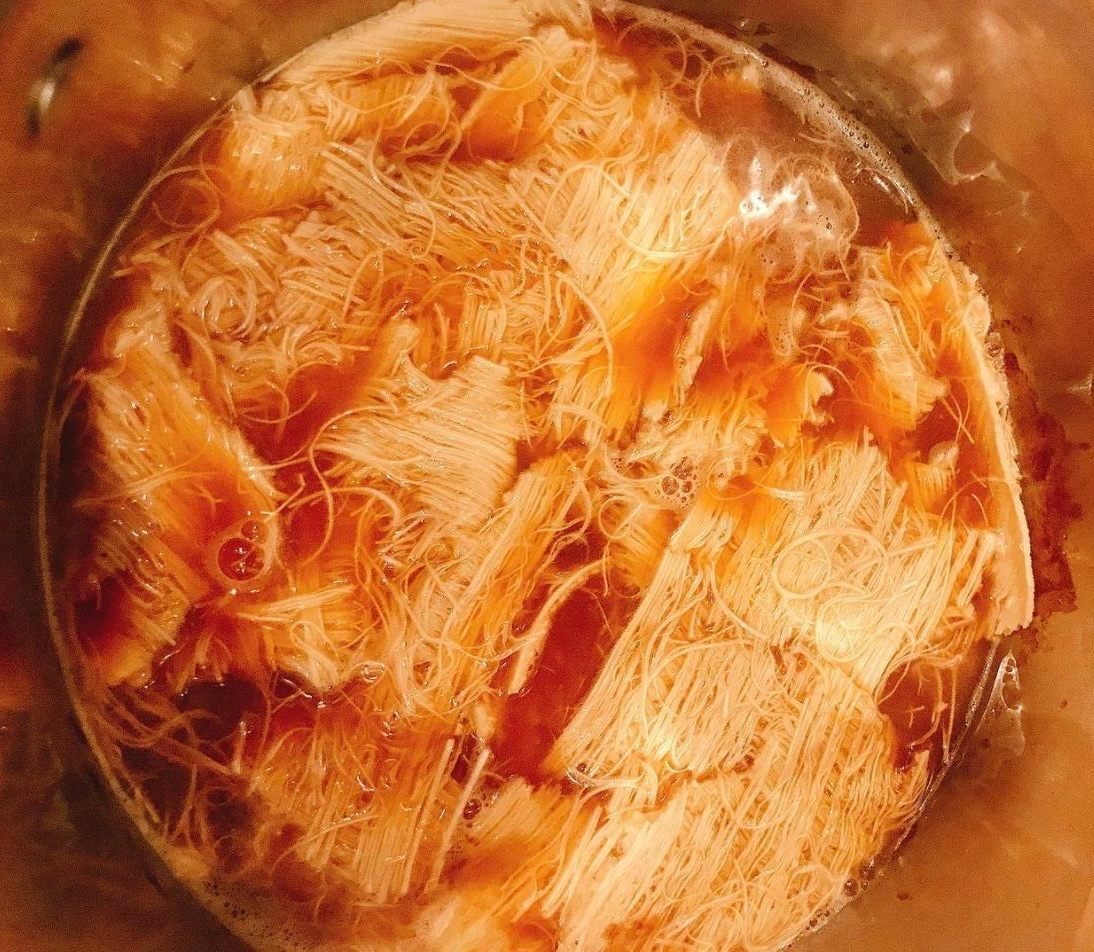
Most Desired, Yet Elusive Food: Threads of God
Twice a year, pilgrims in Sardinia walk 20 miles from the city of Nuoro to the village of Lula. They are celebrating the Feast of San Francesco, and when they reach their destination they will be rewarded with the rarest pasta in the world. Also known as su filindeu, Threads of God are intricate, painstakingly pulled noodles that only three women on Earth can make. So it’s not surprising that the pasta has proved the most desired, yet elusive food in Gastro Obscura’s database: It has the greatest discrepancy between readers who want to try it and those who actually have had the pleasure.
While the ingredients list is simple—semolina wheat, water, salt—making Threads of God is a delicate process of working the dough into rounded strands and doubling, doubling, doubling until reaching some 250+ strands without breaking. After drying in the sun, the noodles are commonly served with a simple mutton broth and sprinkling of pecorino cheese.

Most Desired Decadence: Lapis Legit
Out of all the pastries, puddings, and pies we’ve covered in the past year, this Dutch-Indonesian dessert takes the cake. Lapis legit, Gastro Obscura’s most desired sweet, consists of 18 to 30 individually baked layers of spiced butter, sugar, and egg yolk, sometimes in a variety of colors. The decadent stack combines elements of German baumkuchen, a spit-roasted cake that Dutch colonists brought to Indonesia in the 15th century, with local Indonesian spices such as cinnamon, clove, mace, and nutmeg. To achieve the layers, bakers swapped out the traditional spit for a pan and broiled each layer before adding the next. Today, you can track down the delicate delicacy in Indonesia or the Netherlands (where it’s also known as spekkoek).

Most Surprisingly Explosive Food: Chocolate Teacakes
Our foods database contains quite a few pyrotechnic delights, but when it comes to surprisingly explosive food, unassuming chocolate teacakes take the top prize. In 1953, members of England’s Royal Air Force made an interesting discovery about the teacakes in their ration packs: With increases in altitude, the marshmallow inside the cakes expanded and, at 15,000 feet, it cracked the chocolate shell. It wasn’t long before pilots started conducting what one veteran called “rather unscientific in-flight experiments” with their snacks.
It was all fun and games until the teacake explosion. During the summer of 1965, a captain and student pilot forgot they had placed several unwrapped treats above their instrument panels. After the captain performed an emergency depressurizing switch, the treats exploded, scattering chocolate shrapnel and marshmallow across the windshield, flight controls, and the mens’ uniforms. Afterward, the RAF banned marshmallows from flights. Although it’s never been officially confirmed, most people suspect the teacakes in question were Tunnock’s.
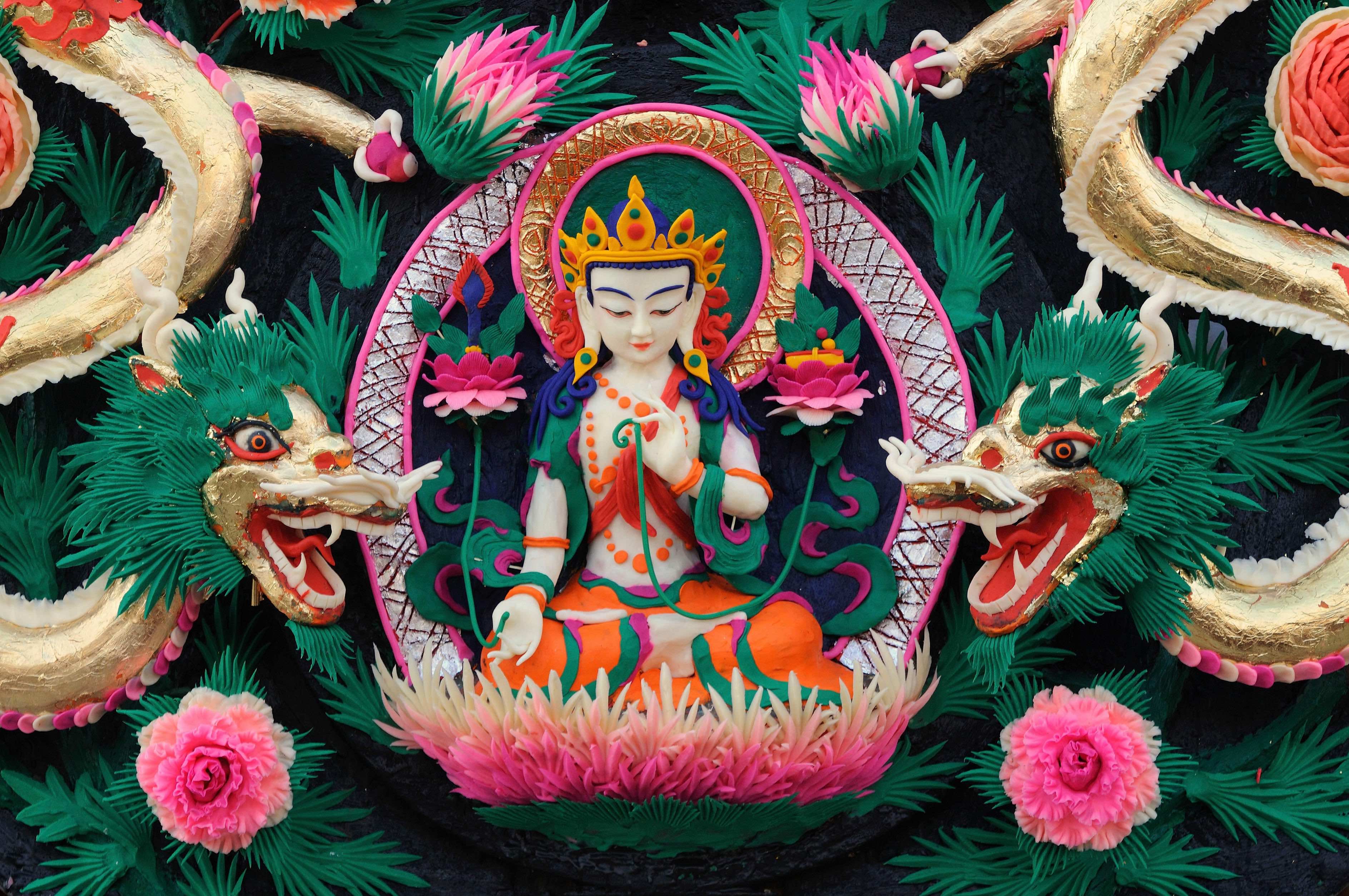
Most Artistic Food: Tibetan Buddhist Butter Sculptures
From radish sculpture contests to parades with giant floats made entirely of citrus, food makes a fantastic medium for creative expression beyond the kitchen. Stunning, ephemeral, and sometimes painstakingly detailed, Tibetan Buddhist butter sculptures might be the finest example of food art. To make the sculptures, monks and nuns shape yak butter—which also fuels lamps in Buddhist temples—by hand and dye it with mineral pigments to form flowers, animals, and symbols. The sculptures are a crucial element of the New Year’s Butter Lamp Festival in Tibet, when the streets are filled with flickering butter lamps and beautiful butter-based art. But, like most food, this wonder doesn’t last forever. At some point, the makers melt their masterpieces or feed them to animals.

Spiciest Food: Death Noodles
When in Jakarta, you’d be hard-pressed to find a warung, a late-night, hole-in-the-wall food stall, that didn’t sell some version of Indomie noodles. But only one establishment serves up a version so spicy, it’s earned the nickname “death noodles.” The dish is covered in 100 to 150 ground-up bird’s eye chilies. On the Scoville scale, which ranks spiciness, a single bird’s eye chili is 100,000 units, which is hot, but nothing warranting a death moniker. However, when crushed and combined, the 100 to 150 peppers in death noodles can add up to a scorching Scoville rating of 20 million. Just how hot is that? One British chef claims to have temporarily lost his hearing after eating the dish.

Most Creative Use of Leftovers: Kartoshka
During food shortages in the USSR, no crumb went to waste. Thrifty chefs used sgushyonka, a sweetened condensed milk, to deliciously glue bits of leftover cake, cookies, or bread together to form new desserts. Kartoshka was one such dessert. Meaning “potato” in Russian, the crumb collage gets shaped into a little tuber and coated in cocoa powder for a final flourish. Now that cafeterias tend to have more ingredients to spare, the treats sometimes get a splash of cognac or rum and a bit of frosting.

Deadliest Catch: Mad Honey
In Nepal, men scale steep cliffs on rope ladders and dodge stings from giant bees in the hopes of collecting a sweet and powerful prize: hallucinogenic honey.
It might be tempting to say mad honey’s intimidating reputation comes from its psychedelic properties (bees produce it when they feed on the nectar of rhododendrons that contain a neurotoxin), but the most dangerous aspect of this food is the act of harvesting it. As the bees nest on cliffs, honey hunters must try to extract pieces of the hive while dangling hundreds of feet in the air. The insects also happen to be the largest honeybees in the world.

Most Controversial Food: Peanut Butter & Mayonnaise Sandwich
The peanut butter and mayonnaise sandwich started innocently enough. During the Great Depression, cheap, filling foods played an integral role in Americans’ lives. One particularly beloved combo of protein and fat was the peanut butter and mayonnaise sandwich. Though the sandwich remained popular in the South throughout the decades following the Depression, it’s since faded into obscurity. When we published an entry on it, the sandwich had a polarizing effect on our readers. Some cried sacrilege over the unconventional combo. However, many readers remembered the sandwich with nostalgic fondness, chiming in with other toppings their families added to the PB&M, including lettuce, bacon, and bananas. One reader had thought the PB&M was something only her grandmother made: “I thought I was the only one. I have mayo mates!”
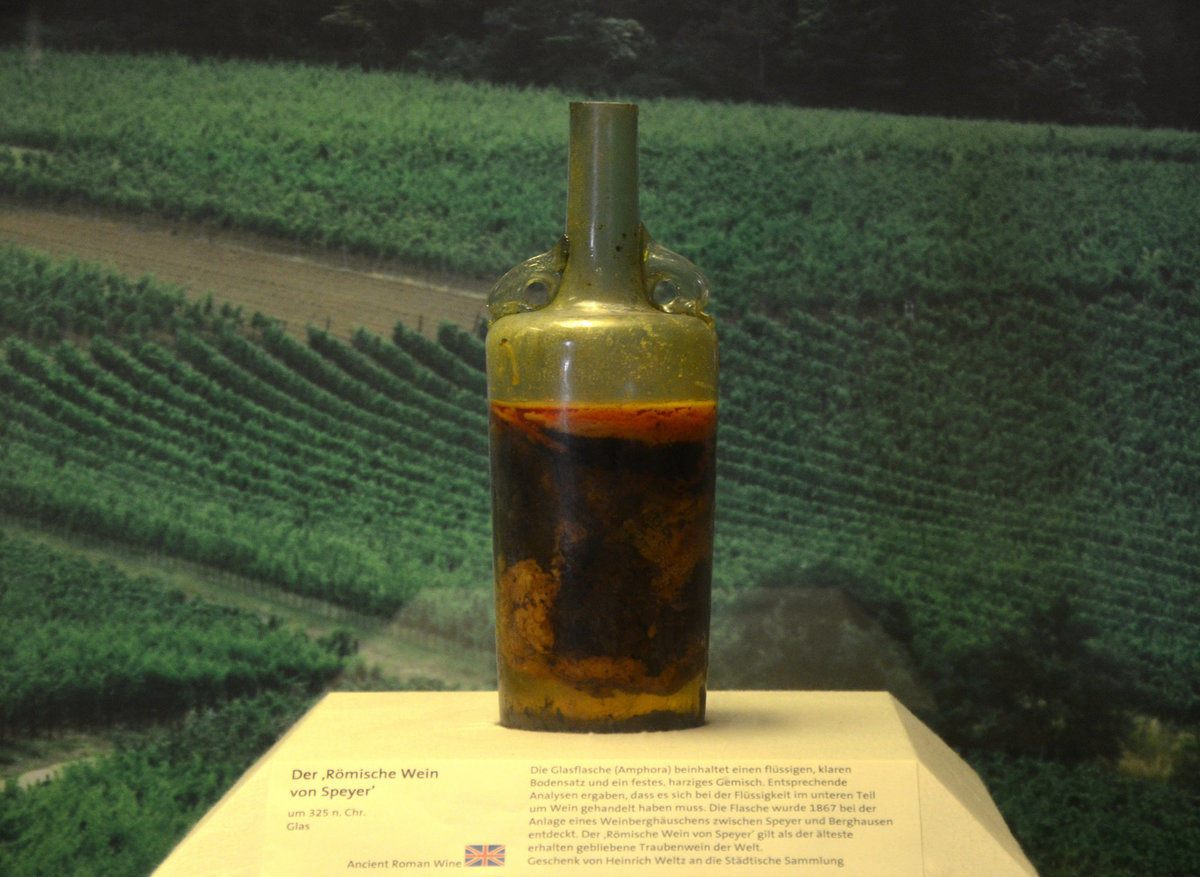
Oldest Food: The Speyer Wine Bottle
The oldest wine in the world is nearly 1,700 years old. Unearthed from a couple’s tomb in what is now Speyer, Germany, the Speyer wine bottle houses a dark, resin-like mass and cloudy liquid. And just how did this liquid keep while other ancient tipples evaporated? Historians point to a solid wax seal and significant portion of olive oil in the wine, which helped further seal the liquid off from air. You can still see the wine bottle at Speyer’s Historical Museum of the Palatinate. Researchers even say that it’s probably still safe to drink, but museum curators aren’t taking any chances cracking the ancient seal.
Gastro Obscura covers the world’s most wondrous food and drink.
Sign up for our regular newsletter.







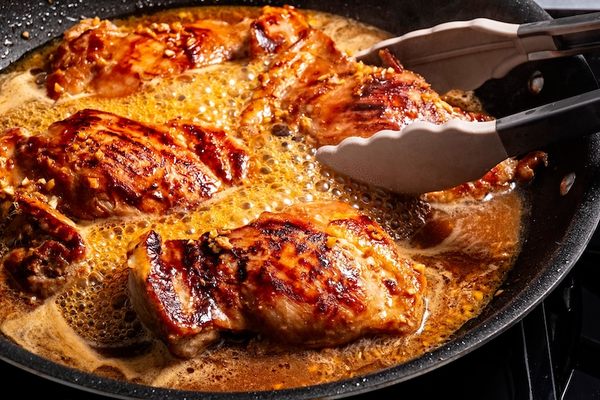










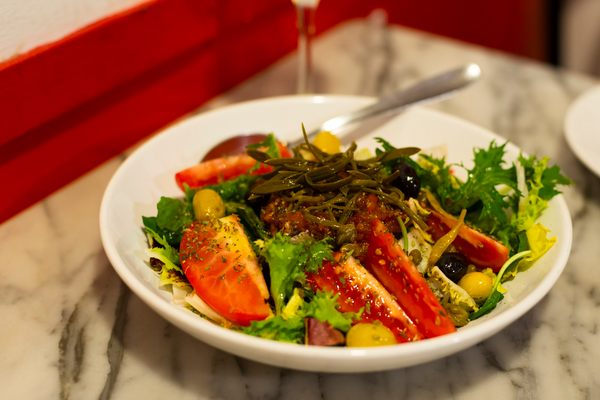
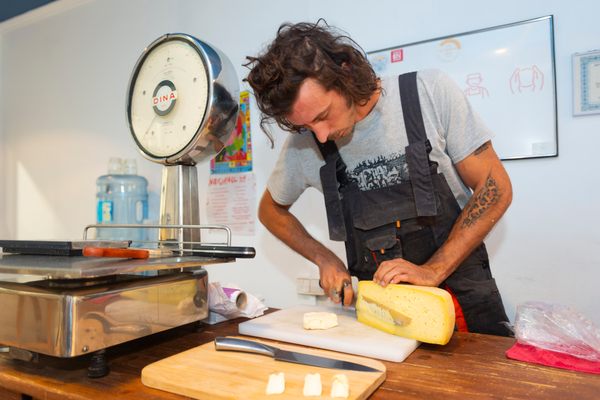

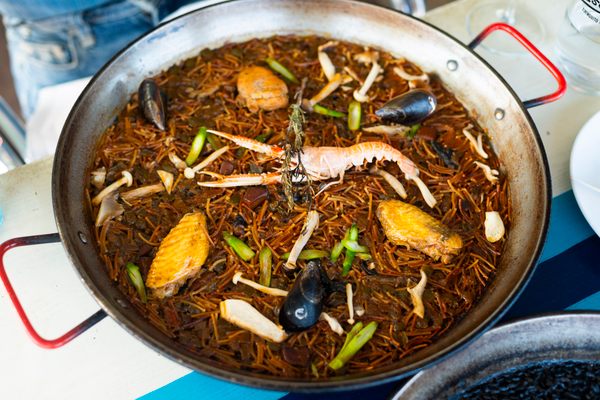


Follow us on Twitter to get the latest on the world's hidden wonders.
Like us on Facebook to get the latest on the world's hidden wonders.
Follow us on Twitter Like us on Facebook